
Terek Infantry
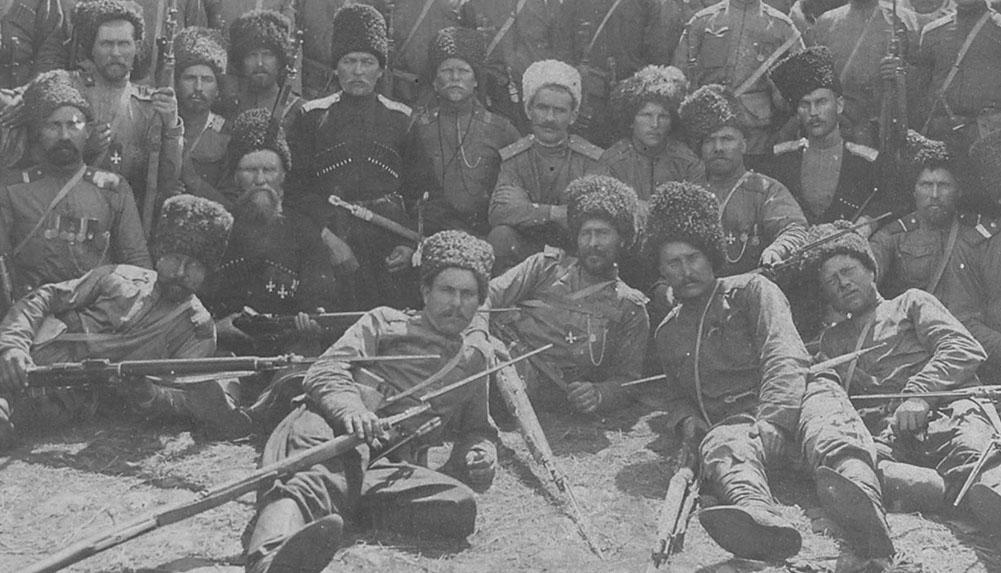
The Terek had supplied only a few independent battalions to the Imperial Russian Army. As the Great War went on that number increased. Likewise the proportion of infantry supplied to the Whites was relatively high, largely due to shortage of horses more than anything else.
Traditionally Cossack infantry were called "plastoons", with connotations of a scouting role. By this period however, it was just another word for infantry.
1st and 2nd Terek Plastoon Battalions
 |
 |
 |
 |
| Colonel: 2nd Terek Plastoon Btn. | Trooper: 1st Terek Plastoon Btn | Trooper: cotton blouse | Trooper: woolen blouse |
As a rule of thumb Cossacks wanted to serve in the cavalry. Serving in the infantry suggested a lack of money, or at least the lack of a horse. It seems likely therefore that the plastoon battalions were not particularly well kitted out.
Traditionally plastoons wore the same clothes as the cavalry, although the cherkeska was sometimes shorter. However we know that Kuban plastoons tended during WWI to dress increasingly in more or less standard Russian khaki outfits, especially in warmer weather. We assume this also applied to Terek plastoons. Whether in Caucasian or Russian dress, equipment was as for standard Russian infantry.
It would seem likely that as the Civil War went on the standards of dress of the plastoons would have been less and less in the traditional form. Instead they adopted Russian or English uniforms, especially greatcoats.
Uniform Details
Sadly it has proved near impossible to get anything like firm information on the Terek infantry. The following includes some guesses, marked in italics.
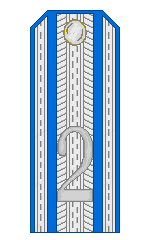 |
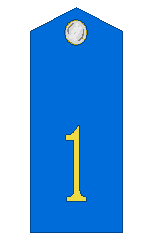 |
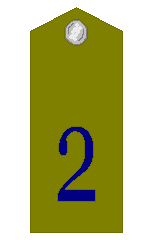 |
 |
|---|---|---|---|
| Shoulderboards: Colonel 2nd Battalion | Shoulderboards: Private 1st Battalion coloured side | Shoulderboards: Private 2nd Battalion khaki side | Terek papakhas: cross for officers and plain for men |
Buttons and officer lace were silver. As infantry, the markings of officers were in the same colour.
For rankers the coloured shoulderboards were blue, with yellow stencilled ciphers. The field versions of the shoulderboards were khaki with the unit cipher stenciled on in dark blue.
In WWI the shoulderboards were stencilled with a plain number matching the battalion's number. Some sources indicate shoulderboards were plain, but this contradicts the Kuban usage and several period photographs. Note during the Civil War battalions were given territorial distinctions which might have led to a change.
Like their cavalry, Terek plastoons seem to have only worn fur hats. Crowns might be coloured as shown, or khaki in the field. Few men seem to have worn cockades.
History in the RCW
A Separate Terek Plastoon Brigade was formed in the Volunteer Army in December 1918, comprising the 1st and 2nd Terek Plastoon Battalions and the Terek Cossack Artillery Divizion (of the 1st Terek Cossack Horse and 2nd Terek Cossack Plastoon Batteries). These units were presumably formed around men from the original Imperial units of the same names.
The Brigade became the 1st Terek Separate Plastoon Brigade in January 1919, and the 3rd and 4th Terek Plastoon Battalions were added, but it seems the artillery was moved elsewhere (which certainly makes sense for a horse battery). The brigade became part of the Forces of the North Caucasus.
In April the 1st Terek Light Howitzer Battery was added. In June a Terek Officers Battalion was added (?).
In October 1919 the Brigade still formed part of the Forces of the North Caucasus, but the units seem to have changed names to match the cavalry units of the Host. The units were now:
1st Volga Plastoon Battalion – 304 rifles, 5 MGs
2nd Volga Plastoon Battalion – 85 rifles, 1 MG
1st Sunzhensko-Vladikavkaz Plastoon Battalion – 222 rifles, 4 MGs
2nd Sunzhensko-Vladikavkaz Plastoon Battalion –
9th Terek Plastoon Battalion – 208 rifles, 4 MGs
1st Caucasus Artillery Divizion
1st Caucasus Cossack Infantry Mountain Battery – 3 mountain guns
1st Caucasus Howitzer Battery – 2 howitzers
(The 9th Terek Plastoon Battalion being scheduled to be merged into the 1st Sunzhensko-Vladikavkaz Plastoon Battalion at this time.)
The Brigade was commanded by Major-General G. H. Rastorguev initially, with Colonel Lesikov taking over in November 1919.
Other Similar Units
Figures painted in these uniforms would be similar to any Terek plastoon units of WWI or the RCW, except for the different ciphers.
For late 1920 figures painted as Terek plastoons could represent the Terek Plastoon Cossack Regiment, part of the 7th Infantry Division of Wrangel's "Russian Army". This took part in the Crimean breakout.
The cavalry of the 1st Terek Cossack Division also had a "rifle regiment" attached. It's hard to know what this might represent, but one possible option is that it was cavalrymen without horses, and hence serving as infantry. In that case they would be more or less identical in dress to plastoons. The other most likely option (given that it is a "rifle" unit rather than "plastoon" or "infantry") is that they were impressed peasants or former Reds, in which case they would not be in Cossack dress, except perhaps the officers.
Flags
The 1st and 2nd Terek Plastoon Battalions had been given "Nikolai" banners in 1916, and may have carried them with their HQs in the field. They looked more or less like this:
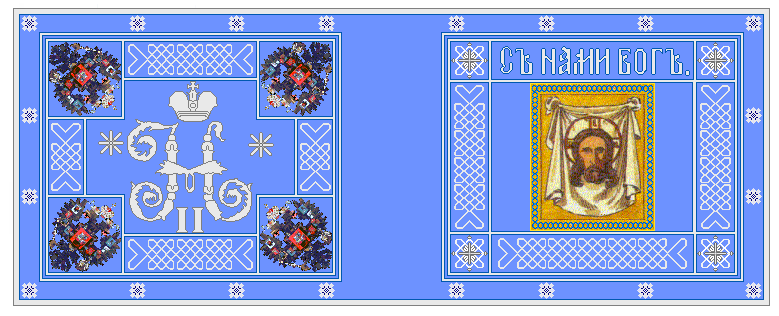
Given the small size of these units, they are unlikely to have carried the full range of company flags. It they did they would have been simple and carried on infantry bayonets.
The rifle regiment of the 1st Terek Division might be given an HQ banner in the style of the Imperial rifle regiments.
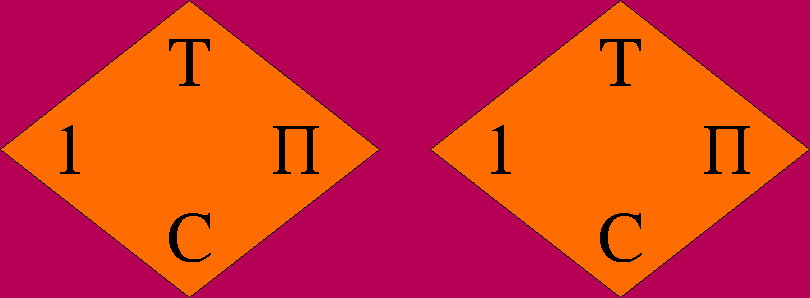
Photos
We have collected a number of photos of Terek Cossacks, although most date from before the Civil War unfortunately, on a separate page.